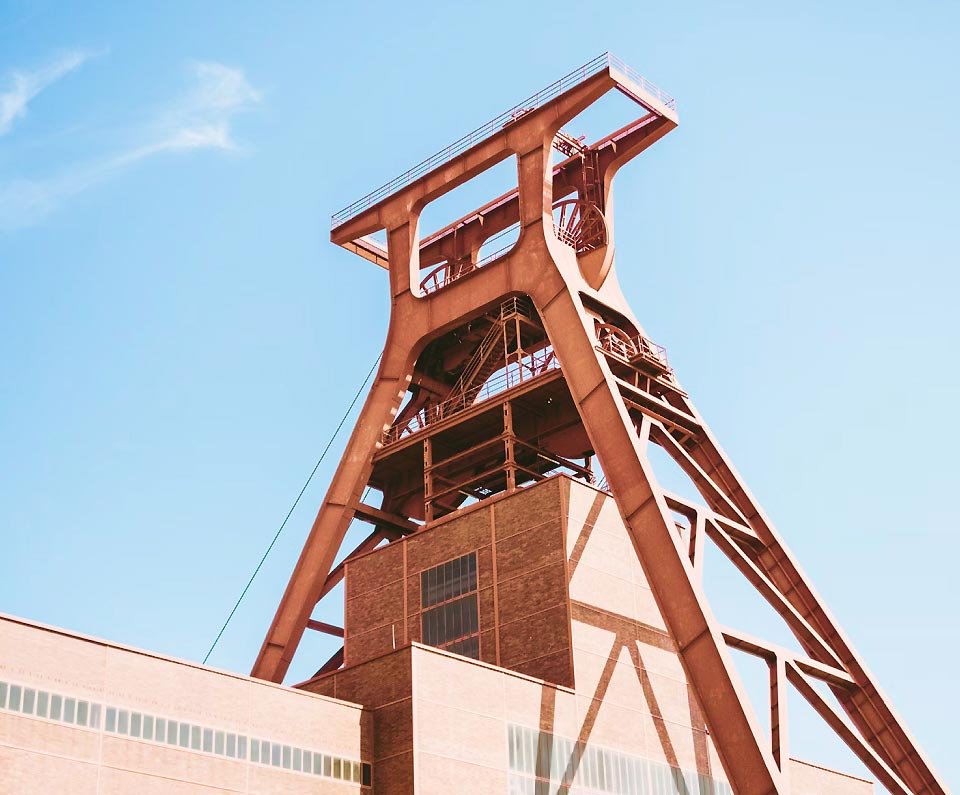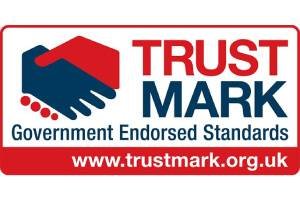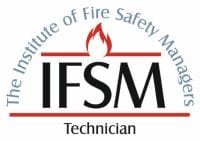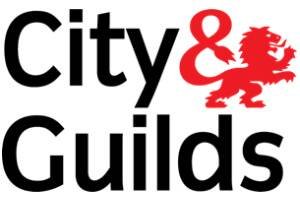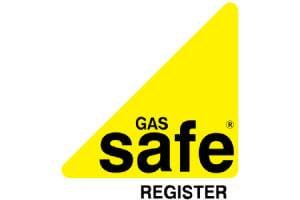
Fire safety is a legal and practical priority, and in 2025, a fire risk assessment cost in the UK can hit anywhere from £300 to £1,500. For landlords and business owners, that can be a substantial expense. What causes such wide variations in cost? And more importantly, how can you stay compliant without overspending? By understanding the key factors and planning strategically, it’s possible to meet your obligations without breaking the budget.
Key Takeaways
- Fire risk assessment costs in the UK are projected to range between £300 and £1,500 in 2025, depending on property specifics.
- Factors influencing costs include property size, complexity, occupancy type, and local regulatory requirements.
- Commercial properties typically receive higher assessment costs due to their complexity compared to residential properties.
- Proactive assessments can prevent large or heavy fines, protect insurance coverage, and enhance organisational reputation, leading to long term savings.
- Prioritising safety improvements based on assessment reports can enhance resource allocation and promote compliance and safety within organisations.
What does a fire risk assessment involve, and why is it important?
A fire risk assessment methodically reviews dangers within a building property. This significant process identifies risks such as flammable materials, inadequate escape routes, and faulty electrical systems.
By utilising innovative assessment techniques, organisations can adopt a proactive approach to fire safety. This not only supports a safer environment for occupants but also enhances the overall operational efficiency of the property.
The requirement for a fire risk assessment arises from both legal duties and moral responsibilities to protect lives and property. In an era where advancements in technology and fire prevention materials are continually emerging, assessments must adapt to incorporate these innovations.
Regular evaluations guarantee compliance with safety regulations while providing updates on evolving fire risks. Ultimately, a well performed fire risk assessment empowers property owners to make informed decisions, promoting safety and sustainability in the face of danger.
Who Is Legally Required to Perform a Fire Risk Assessment?
In fire safety, different entities are legally required to perform fire risk assessments. This responsibility primarily falls on employers and those in control of non-domestic premises, including businesses, schools, and hospitals. The Regulatory Reform (Fire Safety) Order 2005 requires these entities to assess fire risks to ensure the safety of employees and visitors.
Landlords of residential properties are also required to carry out assessments, particularly for shared accommodations or multiple dwellings.
Additionally, organisations such as local authorities and healthcare providers must adhere to specific fire safety regulations, reflecting their duty to protect vulnerable populations.
Innovative methods can boost compliance by using technology to make assessments more efficient and accurate.
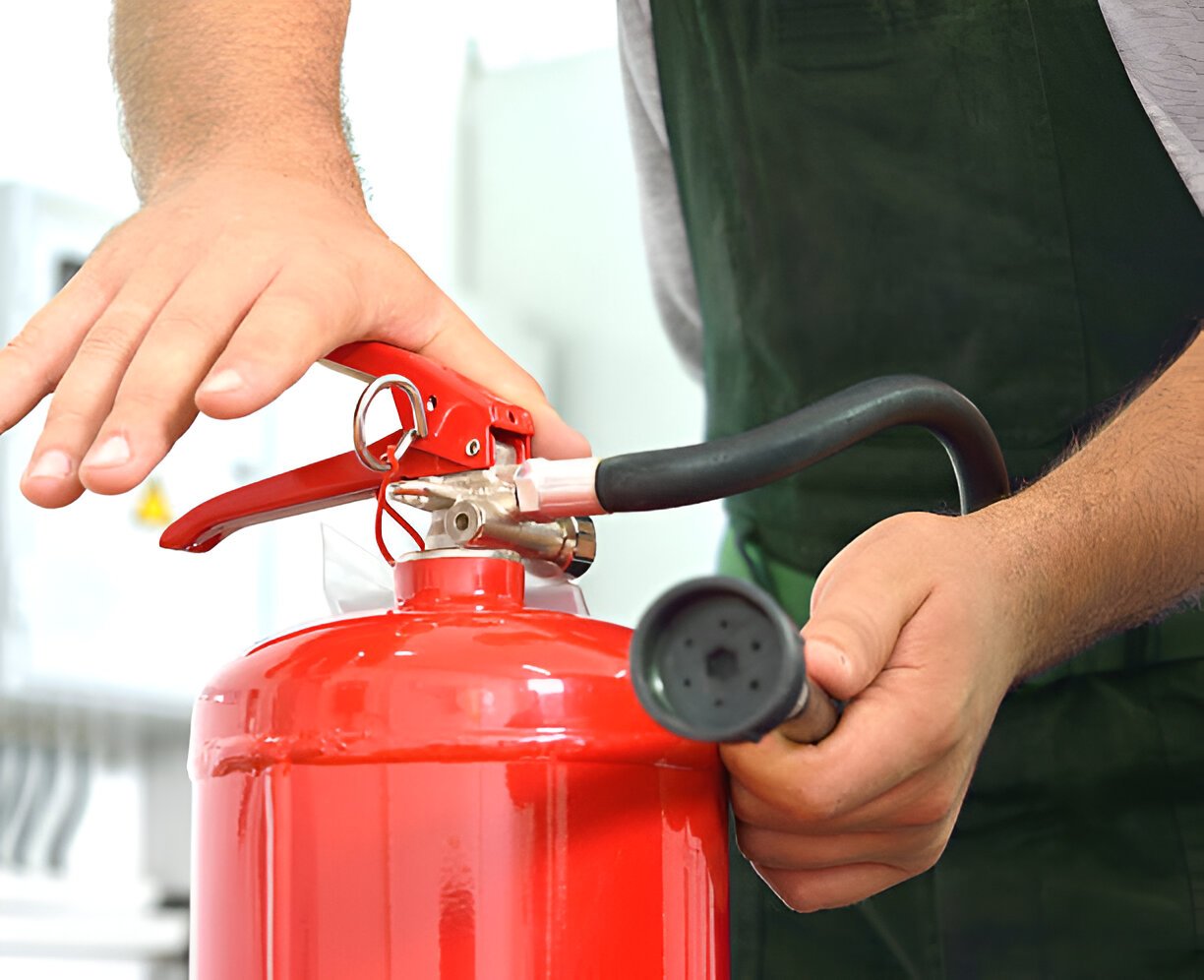
Factors That Influence Fire Risk Assessment Costs
While various factors contribute to the overall cost of fire risk assessments, the size and complications of the premises play a key role in determining expenses. Larger and more complicated buildings typically require more thorough assessment, which can drive up costs.
Additionally, the following elements are influential:
- Type of Occupancy: Different applications, like residential and commercial, require distinct assessment procedures.
- Regulatory Requirements: Meeting specific local laws can increase assessment complexity.
- Existing Fire Safety Measures: Premises featuring outdated systems might necessitate more elaborate assessments.
- Geographical Location: Costs can vary depending on local market rates and the availability of qualified assessors.
- Assessment Frequency: More frequent assessments can increase overall costs over time.
Understanding these factors allows property owners to budget efficiently and pursue innovative solutions to simplify the assessment process.
How Much Does a Fire Risk Assessment Typically Cost in 2025?
How much can property owners expect to spend on a fire risk assessment in 2025? Costs are anticipated to range between £300 and £1,500, heavily influenced by property size, complexity, and location.
As safety concerns grow, the need for innovative assessment methods increases. Advanced technologies, such as drone inspections and AI-based risk evaluations, may contribute to increased costs but offer enhanced accuracy and efficiency.
Property owners should consider that while initial costs may seem intimidating, investing in thorough assessments can lessen future liabilities and improve overall safety.
In addition, some firms are adopting subscription models, allowing for ongoing assessments and updates, which could provide long term savings and adaptability to changing regulations.
In 2025, it will be essential for property owners to balance cost with the quality and depth of fire risk assessments, ensuring robust fire safety measures are in place.
Commercial vs Residential Fire Risk Assessment Costs
Fire risk assessment costs vary significantly between commercial and residential properties.
Commercial assessments typically obtain higher expenses due to the complexity and scale of operations. In contrast, residential assessments are often more straightforward and less costly. Understanding these differences can aid property owners in budgeting effectively for fire safety measures.
- Complexity: Commercial assessments involve multifaceted systems and regulations.
- Size: Larger properties lead to increased labour and time requirements.
- Occupancy: High occupancy levels in commercial spaces elevate risk and assessment depth.
- Regulations: Companies must now adhere to more rigorous legal standards for fire safety compliance.
- Liability: Commercial settings may involve potential liabilities, requiring comprehensive evaluations.
Landlord Safety Certification offers the most dependable service at budget-friendly prices across the UK.
What’s Included in the Price of a Fire Risk Assessment?
A thorough fire risk assessment typically encompasses several key components that contribute to its overall cost. Primarily, it includes a vast assessment of the premises, examining fire risks, potential ignition sources, and the effectiveness of existing fire safety measures.
This assessment often involves consultations with stakeholders to gain insights into specific risks associated with the property.
Additionally, the preparation of a detailed report, which outlines findings and recommendations for reducing risks, is integral to the process. Expert consultants can offer customised advice based on current fire safety regulations and best practices, ensuring compliance and improving safety.
Finally, the implementation of remedial actions, such as installing fire alarms or improving escape routes, can also influence the total cost.
How Fire Risk Assessment Costs Differ by Region in the UK
While factors such as property size and complexity play essential roles in determining fire risk assessment costs, regional variations across the UK also greatly influence pricing. The financial implications can differ markedly based on geographic location, affecting both residential and commercial properties.
Key elements contributing to these regional cost differences include:
- Local regulations: Variations in fire safety regulations can lead to additional assessment requirements.
- Market demand: Urban areas may experience higher costs due to increased demand for qualified assessors.
- Accessibility: Remote locations might incur higher travel charges for professionals.
- Economic conditions: Regional economic factors can influence the overall pricing structure.
- Availability of experts: Areas with fewer qualified assessors may face elevated fees due to limited supply.
Understanding these regional differences can empower property owners to make informed decisions while planning their fire risk assessments.
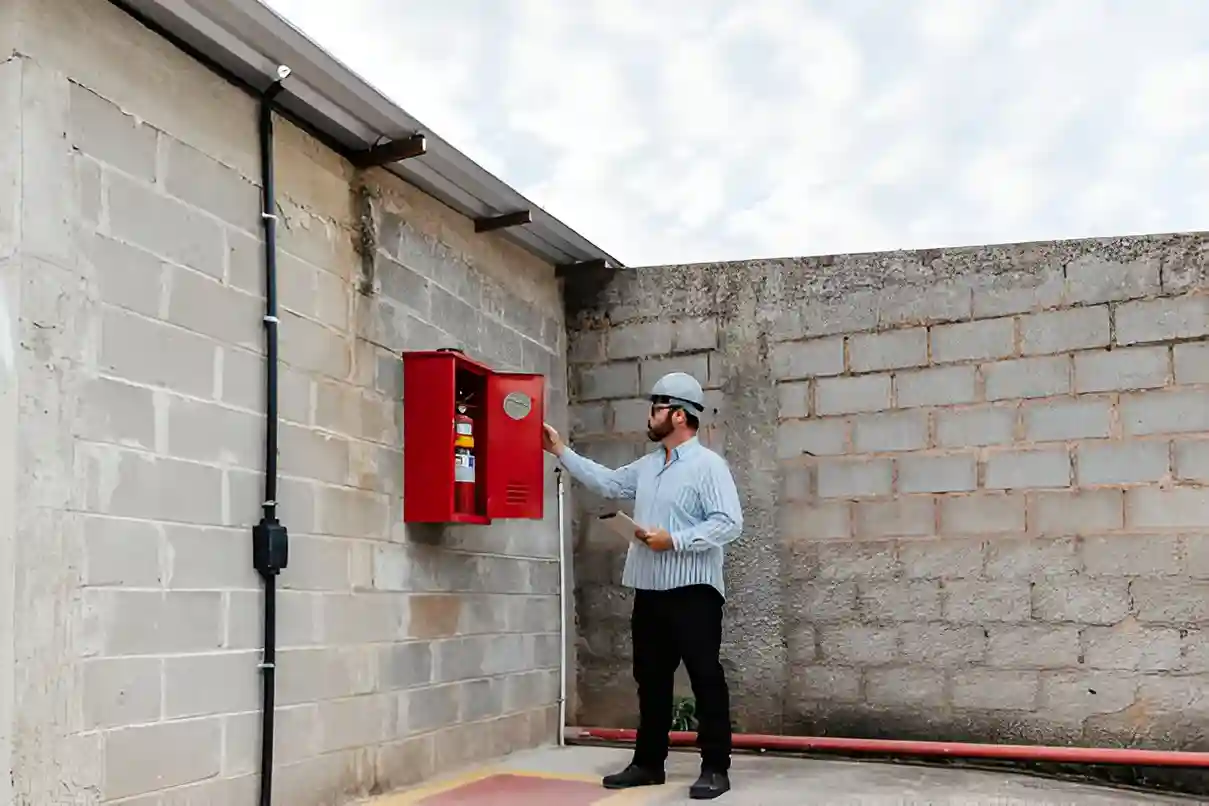
Benefits of getting a professional Fire risk assessment
Obtaining a professional fire risk assessment offers numerous advantages that can significantly enhance safety and compliance for property owners. These assessments are conducted by experts who possess the knowledge and tools to identify dangers, ensuring that properties meet regulatory standards.
By employing advanced risk analysis methods, professionals can identify vulnerabilities that untrained individuals might overlook.
Furthermore, a comprehensive assessment develops a customised action plan, providing property owners with practical strategies for risk mitigation. This proactive approach minimises the likelihood of fire incidents, ultimately safeguarding lives and assets.
Moreover, engaging professionals enhances safety within organisations, promoting awareness and compliance among employees.
Investing in a professional fire risk assessment not only enhances safety but also demonstrates a commitment to innovation and responsibility, positioning property owners as forward thinking leaders in fire safety management.
Fire Risk Assessment Cost vs Non-Compliance Penalties
Weighing the cost of a fire risk assessment against non-compliance penalties reveals the importance of proactive safety measures. Organisations must recognise that the upfront investment in a thorough fire risk assessment can greatly lessen the risk of large fines and other outcomes associated with non compliance.
The following points highlight the financial and operational advantages of prioritising fire safety:
- Avoidance of substantial fines: Non-compliance could result in penalties amounting to thousands of pounds.
- Insurance implications: Non-compliance could invalidate insurance cover, leading to substantial financial loss.
- Reputation preservation: A proactive approach enhances credibility and trust with clients and stakeholders.
- Operational downtime: Non-compliance can lead to enforced shutdowns, severely impacting business continuity.
- Long-term savings: Investing in assessments can decrease overall fire-related costs in the future.
In a rapidly evolving regulatory landscape, prioritising fire risk assessments is an innovative approach to safeguarding both assets and reputation.
Understanding Fire Risk Assessment Reports and Their Value
How can understanding fire risk assessment reports enhance a company’s safety strategy? By analysing these reports, organisations can identify dangers, prioritise safety measures, and allocate resources effectively. A thorough understanding of the findings enables proactive steps to alleviate fire risks and increase safety and compliance.
| Key Elements | Value |
|---|---|
| Hazard Identification | Pinpoints specific risks in the environment. |
| Risk Evaluation | Assesses the likelihood and impact of fire incidents. |
| Recommendations | Provides actionable steps for improvement. |
| Compliance Guidance | Guarantees alignment with legal standards. |
| Continuous Improvement | Encourages ongoing review and adaptation of safety practices. |
Embracing insights from fire risk assessment reports empowers companies to not only comply with regulations but also innovate their safety strategies, ultimately safeguarding assets and enhancing organisational resilience.
Frequently asked questions.
Conclusion
In summary, understanding the costs associated with fire risk assessments in the UK is essential for property owners in 2025. By recognising the various factors influencing these costs and the potential savings from maintaining compliance, individuals can make informed decisions. Investing in professional assessments not only enhances safety but also protects against significant penalties for non-compliance. Ultimately, prioritising fire safety measures develops a secure environment while effectively managing financial risks associated with unsafe conditions.
Stay informed about fire risk assessment costs in the UK for 2025 and discover effective strategies to save without sacrificing safety. What will you find?

